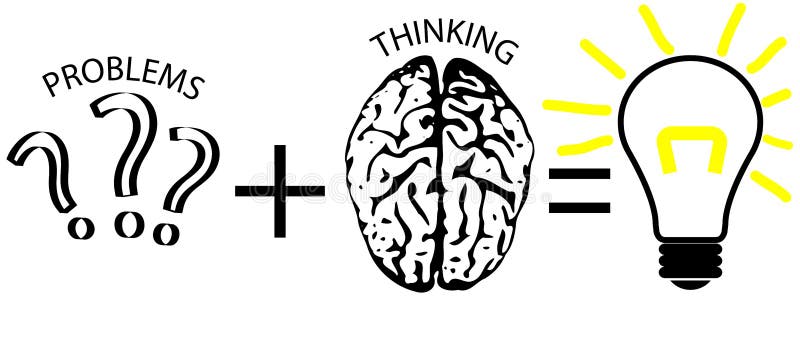Seven Steps of Problems Solving
Seven Steps of Problems Solving
Define the problem:
Without knowing the problem you cannot take any further step in your project. Having a clear understanding of the problem is very important before you try to solve it.
Analyze the problem:
By analyzing all different aspects of the problem you will he able to solve it easily. For example try to find the root cause of the problem, think of all possible techniques you can apply to solve it.
Create potential solutions:
It is very important to create different solutions for a problem because when you apply them all you can filter the best one.
Evaluate options:
After creating a list of potential solutions, the next step is to analyses and evaluates the options to find out the best suitable solution out of them. Do you have to determine whether the solution is enough or not.
List options:
Choose the solution which is acceptable by organization’s rules and culture. in this case, the experience and decision-making skills helps you to remind and select the best suitable solution according to your company.
Implement the solution:
Once you have selected the suitable solution to the problem now, it is time to implement it using your problem-solving skills before applying the solution. You have to make a detailed plan about the path way of playing this solution. After setting a plan execute your solution.
Calculator the results:
After applying the solution divorce is not finished yet the implementation of your work should be tracked properly to make sure that the reason is performing well solution to the problem. So that your applied solution is saleable.
Root cause analysis:
Root cause analysis is a method to understand the root cause of an experienced problem. Root cause analysis examines the root factors that created a problem, how and when the problem is occurred. RCA is initiated to find out the principal source of a problem.
Approaches used in Root cause analysis:
Events and factor analysis:
This method uses evidences gathered and creates a timeline for activities that led to the problem once the timeline is defined factors are identified easily.
Change analysis:
This process is applied to determine the changes in a system. These changes may be made in people, equipment and data. By the determining that change the change in performance is determined.
Barrier analysis:
This technique is used to identify what problems are standing to stop the process of detecting and solving a problem.
Risk tree analysis:
This process uses the three diagram to identify that what problem occurred, and why it may have occurred.
• Decision making
• Situation analysis
• Problem analysis
• Solution analysis
• Potential problem analysis
Fish bone diagram:
Also called “cause and effect diagram”
Fishbone diagram is one of the seven basic quality tools which are used for problem analysis. Fishbone diagram identifies and enlist many possible causes of the problem and it’s expected effects.
Step to draw:
Determine the following:
• Methods
• Equipment
• Suitable team
• Raw material
• Measurement
• Work environment
Aggregate project plan:
Aggregate project plan is a technique that creates objectives to identify what resources and suitable team members will be required for a project to be completed according to the requirements and resource availability. He plays an important role for the project managers who have to make sure that the project achieves its defined goals.
Techniques of aggregate project planning:
1. Determine the demand the of project.
2. Determine the capacity of your team and budget cording to the requirements of the project.
3. Define a suitable team having competent team members select required skilled people.
4. Never mind, the cost, including insurance, taxes, and expenditures.
5. Develop alternative plans in the same cost and time.

No comments
Thanks you